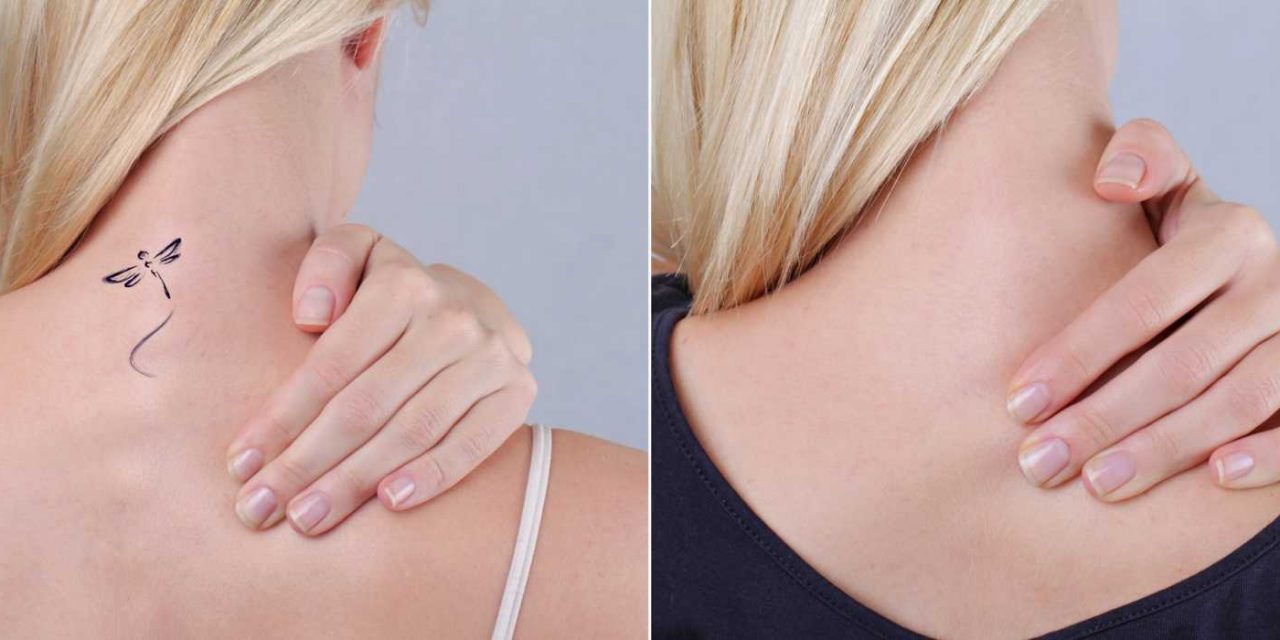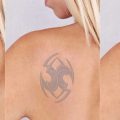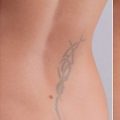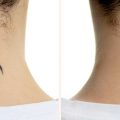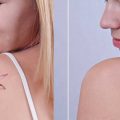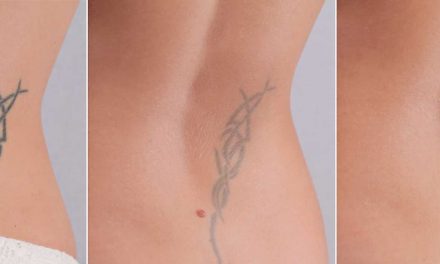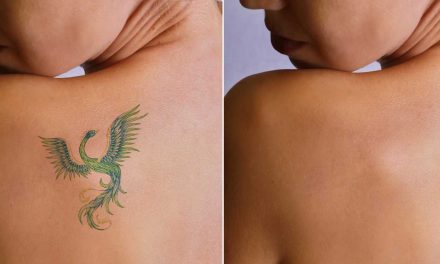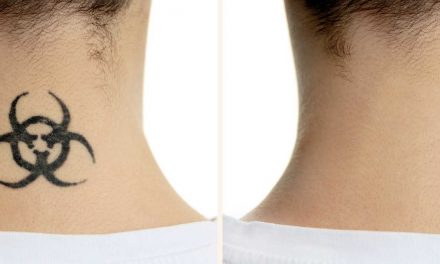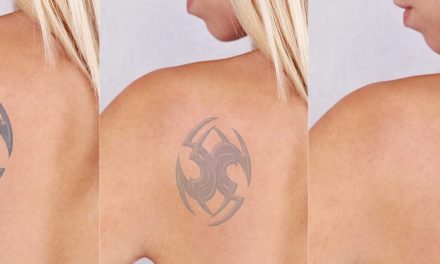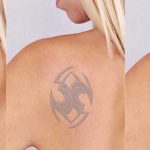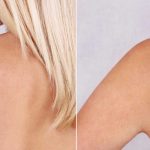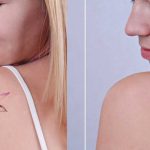Tattoos, which were once considered the art form of deviants, bikers and sailors, have long since become a mainstream and hugely popular form of self-expression, which has crossed all barriers of human experience. They, suddenly, are everywhere.
The popularity of Tattoos in Mainstream Culture
Statistically, 29% of 26-44-year-olds have reported having a tattoo of some kind. 9% of over the 60s have at least one tattoo, whereas 16% of adults aged 30-44 have two. Another survey showed that 36% of Americans between 18-25 years, 40% aged 26-40 and 10 % of those aged 41-64 have a tattoo.
Hollywood celebrities have taken the popularity quotient of tattoos even further. Many celebrities, including Wayne Rooney, David Beckham, Angelina Jolie, Amy Winehouse and many more, have had their share of tattoos, thereby contributing towards the rise of tattoos.
All sorts of unlikely people have tattoos now. According to surveys, teachers, servicemen and women, bank clerks, university professors and engineers are among those who have been inked at least once in their lifetimes.
Tattoo Parlors as a Business Initiative
Tattooing has become a respectable means of business. In Britain only, there are an estimated 1500-plus tattoo parlors, a figure that is sure to rise in the years to come. Tattoos are a genuinely popular form of art that imparts to individuals a sense of freedom and relief from their everyday drab and monotonous lives. It’s a work of art, a form of rebellion and, most of all, a mode of self-expression.
Types of Tattoos
Tattoos can broadly be divided into two kinds – temporary and permanent. Removing a permanent tattoo is often considered to be a painstakingly slow and expensive process. It usually involves repeated laser or dermabrasion treatments and is very costly. Tattoo removal often leaves scars and may also cause allergic reactions in people, along with other, more severe complications.
Methods of Tattoo Removal
Other forms of tattoo removal methods are TCA (Trichloroacetic acid), cryosurgery and excision. Some users decide to cover up an existing tattoo by means of a new one, a process commonly known as removal by replacement.
The gold standard of tattoo removal options is, however, laser treatment, which requires repeated sessions with an experienced dermatologist. Lasers break down the ink particles underneath the skin which slowly fade out over time by mimicking a similar fading time that sun exposure would create.
Laser Treatment
Complete laser tattoo removal requires several treatment sessions, usually spaced at least seven weeks apart. Each session may cost around $300 and includes risk factors as well.
Tattoo Fade System
In an attempt to revolutionize this painstaking and costly process, several tattoo fade systems have been launched in the market of late. With a plethora of creams and lotions that claim to remove permanent tattoos over a period of time, without the use of laser treatments, visits to the clinic and with minimal cost, the process requires in depth review:
- Simply put, the tattoo fade system helps remove permanent tattoos. Most of these products include a Dermomatic Microdermabrasion Applicator, an Erosion Head, Suffusion Gel, Hydravescent Cream and Concealer.
- It gives quick results and is pain-free. It is designed to increase regeneration of new cells which accelerate the skin’s natural renewal process. It can be used to fade tattoos on most parts of the human body including arm, hand, back, leg, stomach and ankle.
- The suffusion gel can be used along with the dermomatic applicator to safely fade tattoos. The expenses of laser surgery are greatly minimized and for those with a low pain threshold, this process is of added benefit.
- The hydravescent cream must be used regularly after using the suffusion gel as it soothes, moisturizes and rejuvenates skin daily.
- The waterproof and lightweight concealer should be used as and when required to cover up unwanted tattoos for special events.
- The system can be used along with a pH balancing lotion to neutralize and balance any irritation that may occur as a result of this treatment modality.
The tattoo fading method can thus be summarized as a simple, affordable and effective method of treatment as compared to laser and other forms of complex, time-consuming and expensive methods. The cost of traditional techniques can run into thousands of dollars and leave scarring as an end product.
This revolutionary fading system on the other hand gently removes tattoos in the comfort of your home, without any chances of scarring or scabbing, without spending long hours at the clinic undergoing painful surgical and laser procedures. The system is clinically tested and approved, simple and safe to use.
Steps in the Fading System: The system works in the following ways
- Step 1: Prepares the skin for the treatment and safe removal of tattoos,
- Step 2: Initiates breakdown of the tattoo ink, and
- Step 3: Activates the fade away action of the ink.
Tattoo Removal Systems Are Supposed To Work in Two Ways
- As a cheap alternative to expensive laser treatments,
- By fading tattoos over a period of time.
Usage and Ingredients
Some of the creams are recommended to be used 2-3 times a day unless any case of irritation is seen. Even in case of irritation, it can be used up to once a day.
Some of the common ingredients in these creams are Arbutin, Licorice Extract, Ferulic Acid, Melatonin, Kojic Acid Dipalmitate, water, Sorbitol and Butylene Glycol.
Duration
The length of the fading system depends on the size of the tattoo. For a tattoo of medium size, the process has to be repeated at least twice. The time required also depends on the color of the tattoo.
According to users, consistency is the key to success when it comes to the tattoo fade system. Regular application over a period of a few months may well be useful to fade away any unwanted or residual tattoos one may have. The system is expected to work on both colored as well as black inked tattoos.
As regards the feasibility and effectiveness of this system, the results are subjective at best. According to some users, the system is not fully efficacious and only results in moderate fading if done judiciously over a long span of time.
Others are of the opinion that the system works and is a suitable alternative to expensive and time-consuming laser treatments. Many users are also of the view that once the tattoo has faded considerably, a cover up can be done with a new and improved tattoo of the owner’s choice.
Tattoo removal creams target the top layer of skin with abrasives and chemicals whereas most of the tattoo ink is deposited within deeper layers of the skin.
According to a study, much of the fading occurs as the body increases immune response in the targeted area as a defense mechanism against the damage being done to the outer layer of the skin.
Why Tattoos Are So Difficult To Remove
In order to comprehend why tattoos are so complicated to eradicate, it is important to understand what makes them permanent in the first place. Needles full of ink penetrate the skin many times thereby infusing the dye deep inside the skin.
The body responds to this instantaneously, and repair agents are secreted in the blood to heal the wound. Ironically, these immune responses are what end up making tattoos permanent on the skin.
Because the pigment has been accepted by the skin, our bodies stop treating it as a foreign particle and hence accept it as its own. The tattoo becomes permanent.
According to many wearers as well as scientists, the best way to remove permanent tattoos is with the use of laser technology. Lasers operate by targeting ink pigments at a specific frequency which reduces them to smaller sizes, thereby making it easier for the immune system to digest and expel them from the body.
Laser treatment has its cons too. A single session costs anywhere between $100- 300, and it generally takes multiple sessions, sprawled over many months, to get rid of the tattoo entirely. Apart from that, different colored pigments are to be targeted separately, and some are more strenuous to remove than the others.
Tattoo fade systems, on the other hand, work differently. The active ingredient, also known as Biphosphonate Liposomal, penetrates the skin and selectively targets the macrophages or special white blood cells that aim for the ink pigments and remove them, leaving other cells in the area unharmed.
When these cells expire, other macrophages come in to make it fresh, and this process is repeated many times over, till the tattoo ink is removed.
If these products work well, it’s going to change the very conception of tattoos themselves. More people might be motivated to get tattoos since the process of removal won’t be as tiresome and costly as it used to be.
The commitment that comes with getting permanent tattoos would be decreased and their popularity would surely increase, which would be a vantage point for the tattoo business the world over.

